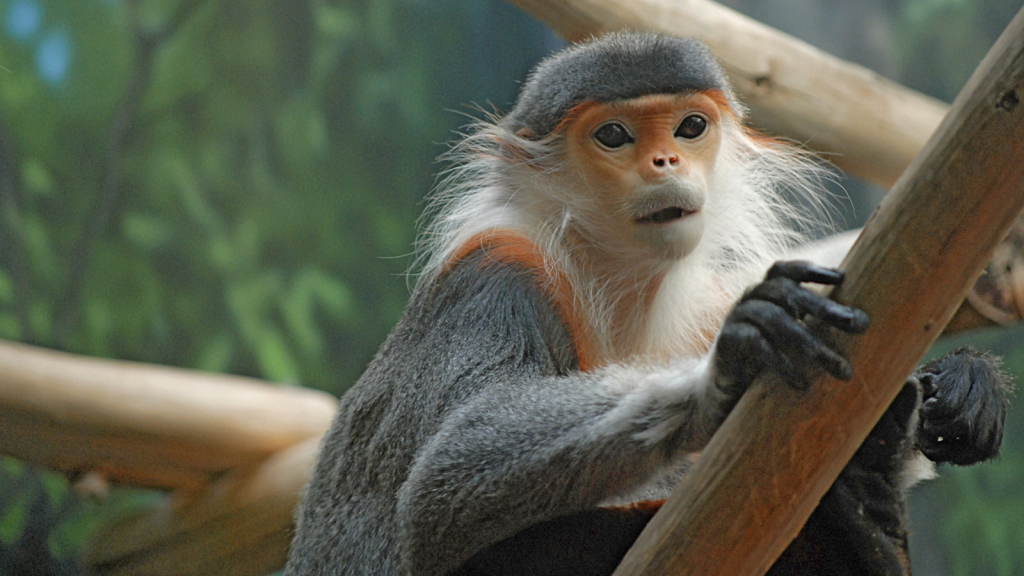Our planet is home to an incredible array of primates, each with its own unique traits and behaviors. Among these, Old World monkeys stand out as a fascinating group. Found across Africa and Asia, these clever creatures have adapted to a wide range of habitats, from lush rainforests to arid savannas. While some species are well-known, others remain elusive and mysterious. Take a look at some of my favorite Old World primates that most people have never heard of.
Proboscis Monkey
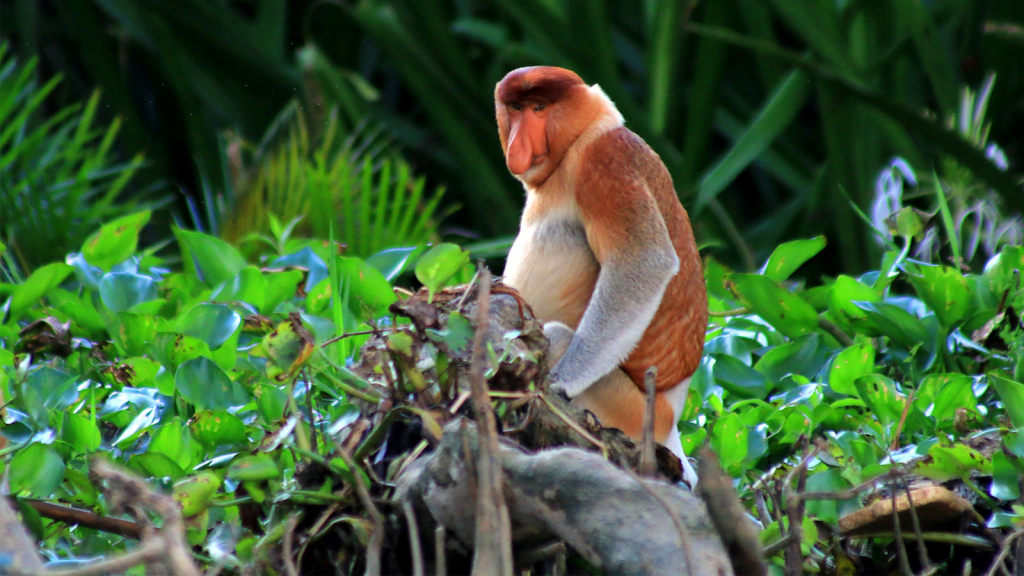
The proboscis monkey is easily recognized by its large, fleshy nose. Native to the island of Borneo, these primates are excellent swimmers and can often be seen leaping from trees into rivers. Males have much larger noses than females, which they use to attract mates and amplify their calls. Despite their comical appearance, proboscis monkeys face serious threats from habitat loss. These unique monkeys have a specialized digestive system that allows them to eat unripe fruits and tough leaves that other primates can’t digest.
Dryas Monkey
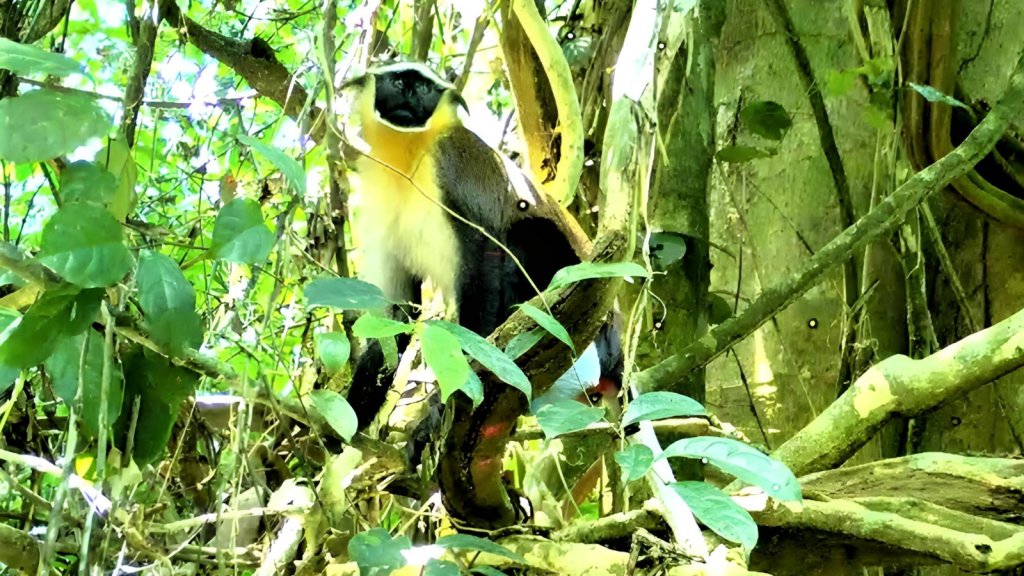
Long thought to be extinct, the Dryas monkey was rediscovered in 2012 in the Democratic Republic of Congo. These small, shy primates have distinctive white beards and live in dense, swampy forests. Their recent rediscovery has given conservationists hope, but they remain critically endangered due to hunting and habitat destruction. Dryas monkeys are nocturnal, making them one of the few Old World monkeys active at night.
Gelada
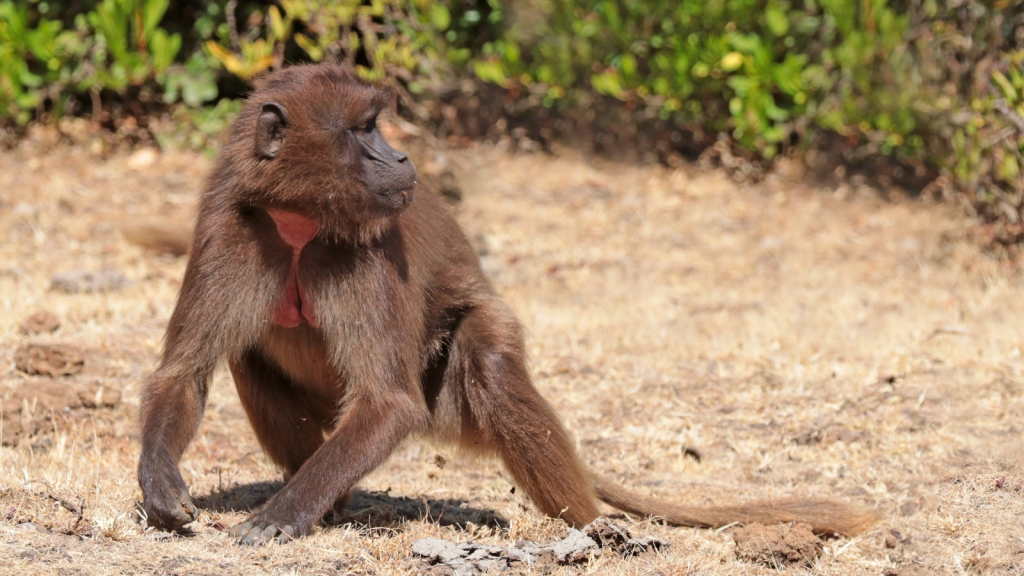
Often called “bleeding heart monkeys” due to the red patch on their chests, geladas are found only in the Ethiopian Highlands. They are the last surviving species of a once widespread genus of grazing primates. Geladas spend most of their time on the ground, using their opposable thumbs to pluck grass and herbs. These social animals live in complex groups that can merge to form herds of up to 1,200 individuals, the largest gatherings of any primate besides humans.
Patas Monkey

Known for their incredible speed, patas monkeys can run at up to 35 miles per hour. These long-limbed primates are adapted to life in the grasslands and open woodlands of central Africa. Patas monkeys have a unique social structure, with groups typically consisting of one male and several females with their offspring. Their diet is diverse, including insects, gum, flowers, and even small vertebrates, allowing them to thrive in harsh, dry environments.
Red-Shanked Douc
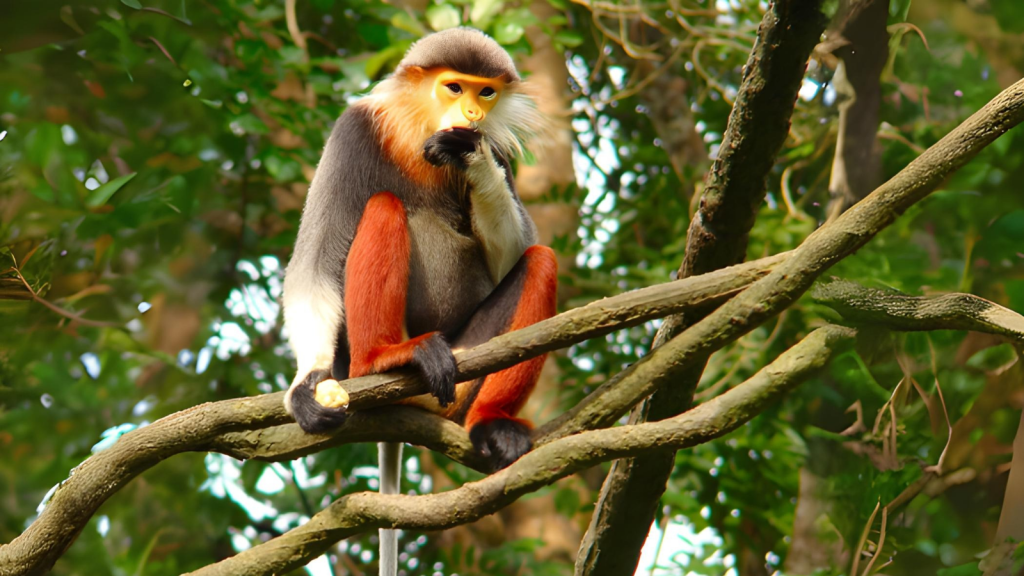
With their striking coloration, red-shanked doucs look like they’re wearing colorful outfits. Found in the forests of Vietnam and Laos, these primates have vibrant red “stockings” on their legs, a golden face, and a white tail. Sadly, their beauty has made them targets for the illegal pet trade. Red-shanked doucs play a crucial role in forest ecology as seed dispersers, helping to maintain the health and diversity of their habitat.
Mandrill
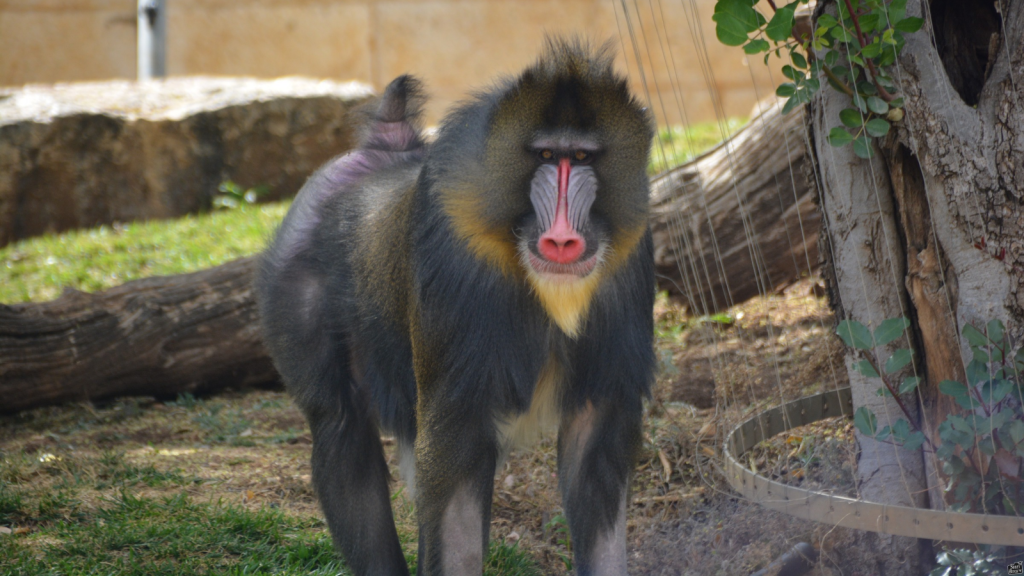
Mandrills are the largest monkeys in the world and are known for their incredibly colorful faces. Native to the rainforests of central Africa, these primates live in large groups called hordes. Male mandrills have especially vivid blue and red facial markings, which become brighter when they’re excited. These powerful monkeys have incredibly strong jaws and long canine teeth, which they use to crack open hard-shelled fruits and dig for roots and tubers.
Barbary Macaque
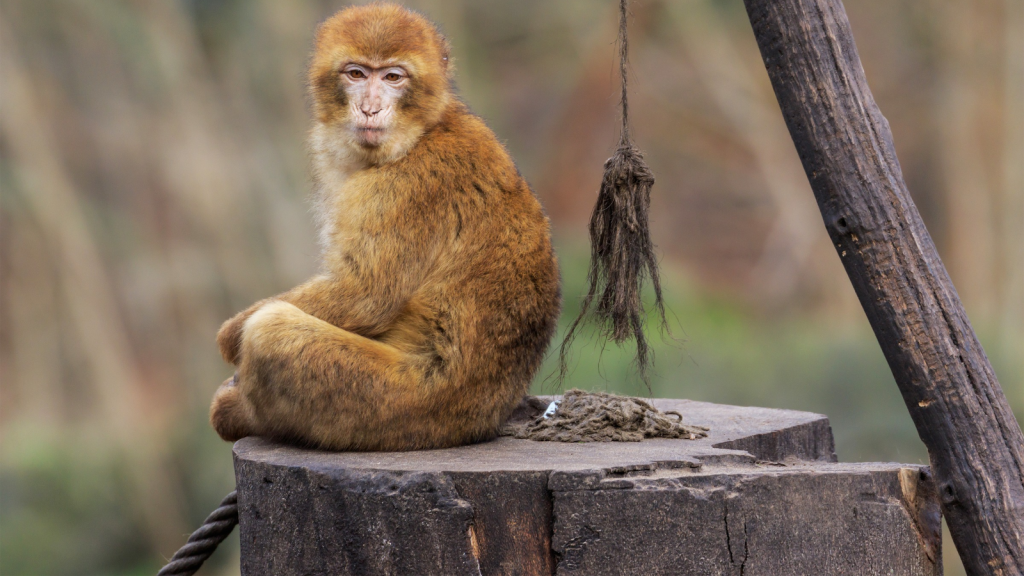
The only wild monkey species found in Europe, Barbary macaques live on the Rock of Gibraltar and in North Africa. Despite being called Barbary apes, they are actually tailless monkeys. These intelligent primates have a complex social structure and are known for their playful behavior. Barbary macaques are excellent climbers and can often be seen scaling the steep cliffs of their rocky habitats with ease.
Celebes Crested Macaque
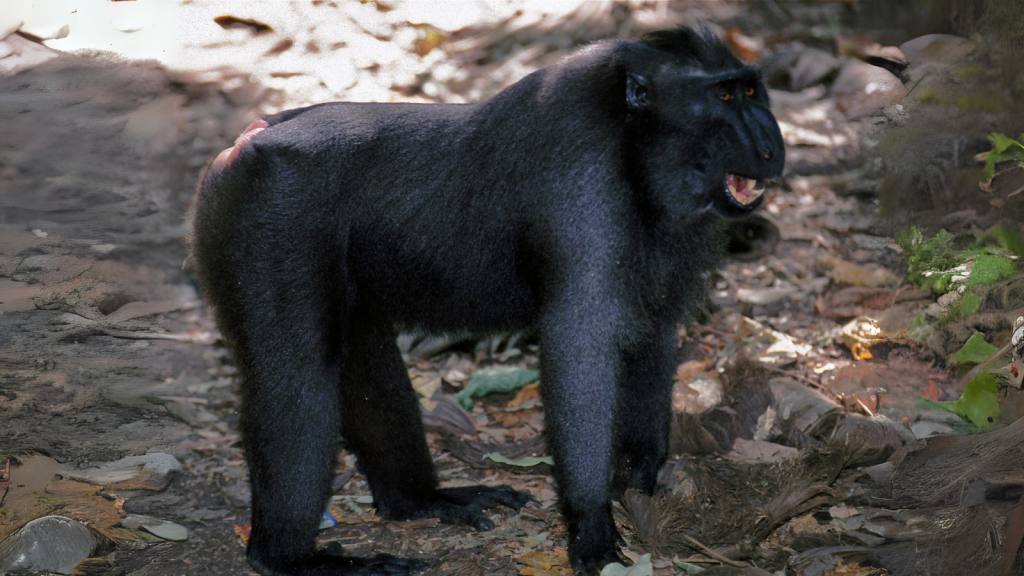
Also known as the black crested macaque, these primates are famous for their spiky mohawk-like hair. Native to the Indonesian island of Sulawesi, they live in large groups and are known for their expressive faces. Celebes crested macaques are critically endangered due to hunting and habitat loss. These monkeys have a unique greeting behavior where they open their mouths wide to show their teeth, which is actually a friendly gesture rather than a threat.
Golden Snub-Nosed Monkey
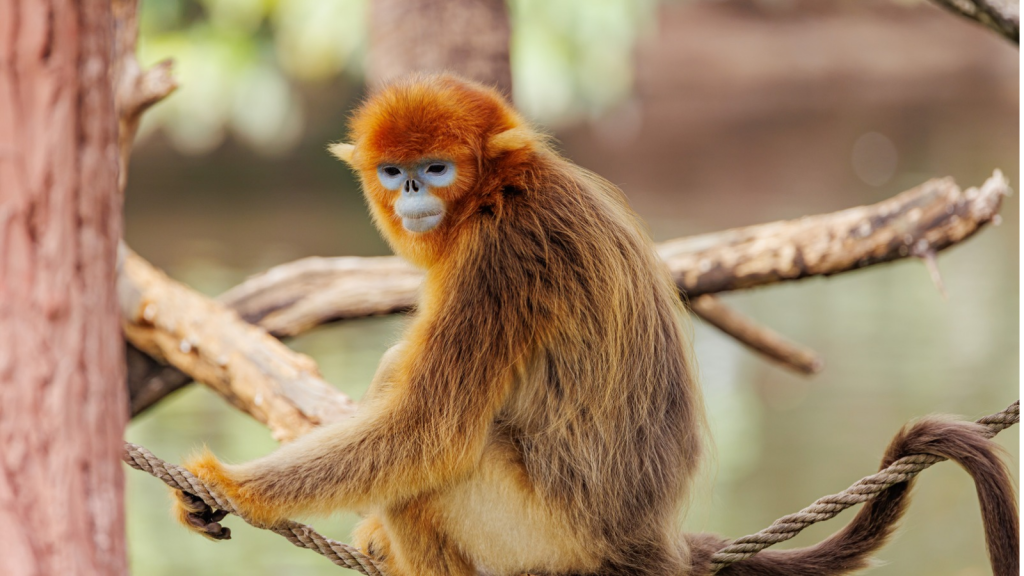
These unique monkeys are adapted to life in the cold, snowy mountains of central and southwest China. Their blue faces and golden fur make them stand out in their forest habitat. Golden snub-nosed monkeys live in some of the largest groups of any non-human primate, sometimes numbering over 400 individuals. Their flat noses are an adaptation to their cold environment, helping to prevent frostbite and heat loss in sub-zero temperatures.
Langur
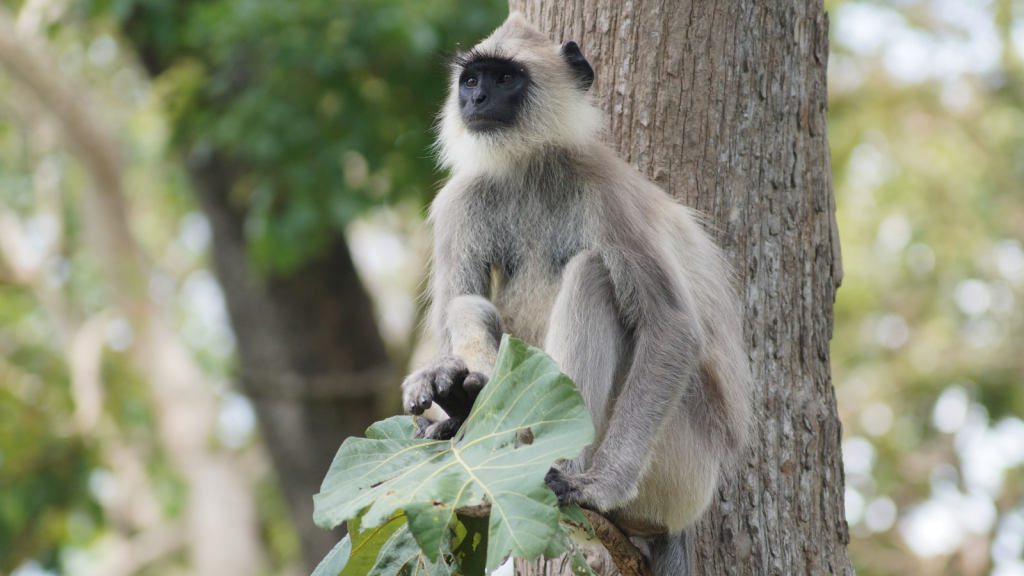
Langurs are a diverse group of Old World monkeys found across Asia. They’re known for their long tails and distinctive facial markings. Many langur species are excellent leapers, able to jump up to 15 feet between trees. Some, like the golden langur, are among the rarest primates in the world. Langurs have specialized stomachs with multiple chambers, similar to cows, which allow them to digest tough leaves and unripe fruits.
Guereza
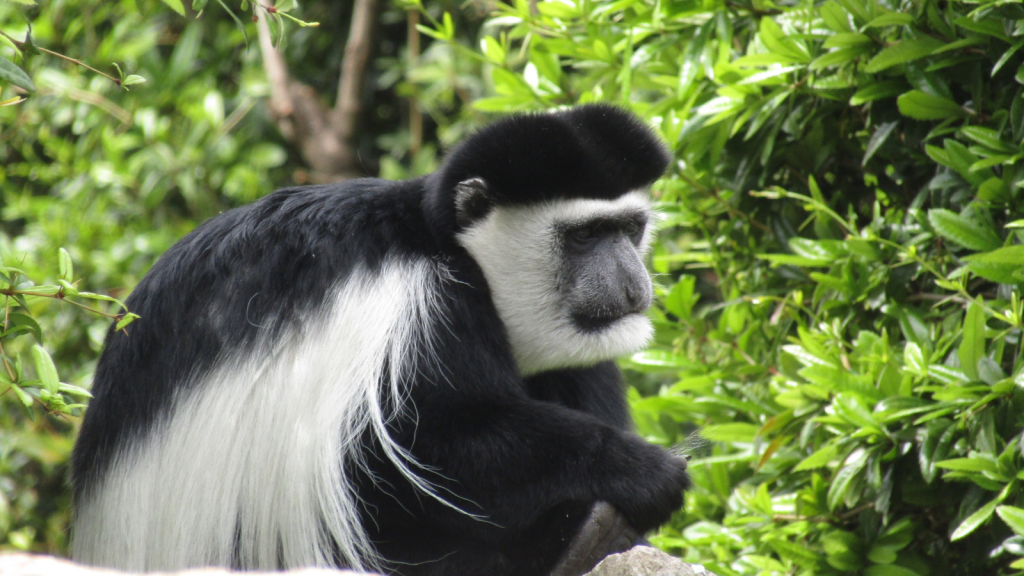
Also known as the black-and-white colobus, guerezas are easily recognized by their striking coloration. These tree-dwelling monkeys have long, silky white hair that contrasts sharply with their black bodies. Guerezas are found in the forests of central and eastern Africa and are known for their impressive leaping abilities. Unlike most other Old World monkeys, guerezas lack thumbs, an adaptation that allows them to move swiftly through the treetops.
Vervet Monkey
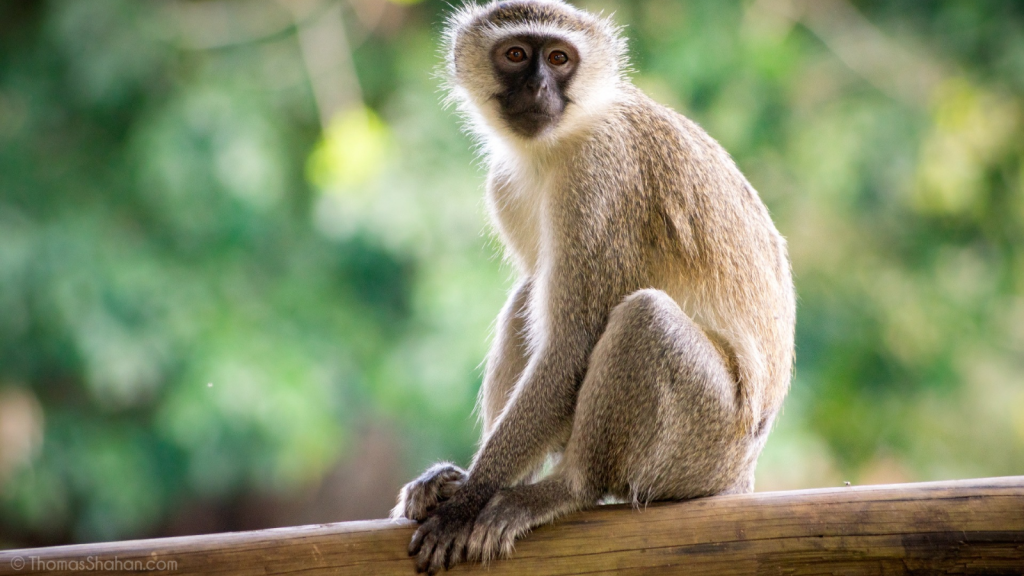
Vervet monkeys are widespread across eastern and southern Africa. They’re highly adaptable and can thrive in a variety of habitats, from woodlands to urban areas. These clever primates have a complex social structure and use different alarm calls to warn their group about specific predators. Vervet monkeys have been observed engaging in behavior that resembles bartering, exchanging food items with each other in what appears to be a primitive form of trade.
Lion-Tailed Macaque
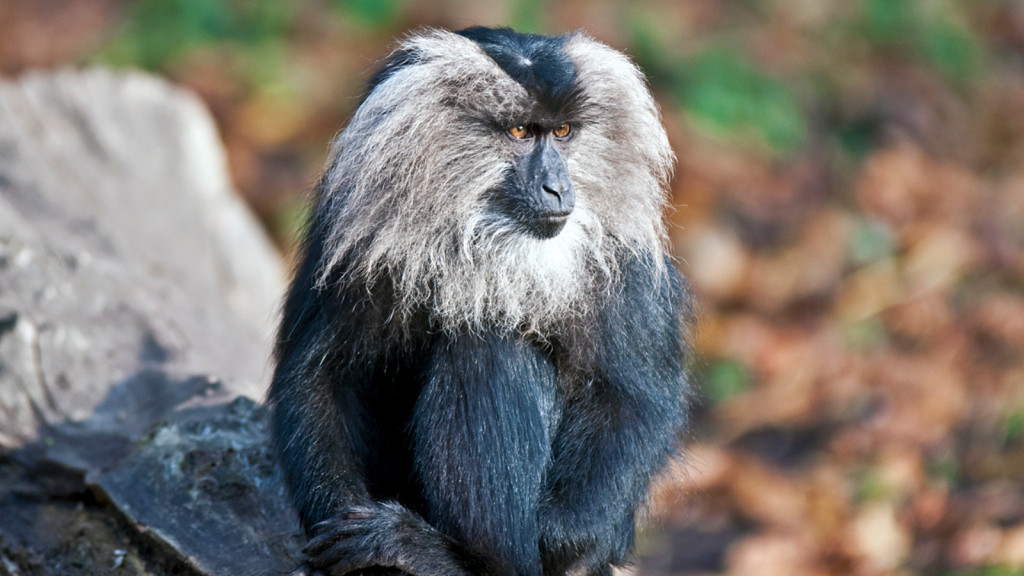
Named for the lion-like tuft at the end of their tails, these striking primates are native to the Western Ghats mountains of southwest India. Lion-tailed macaques have distinctive silver manes framing their dark faces. They’re among the rarest and most threatened primates in the world, with only a few thousand left in the wild. These intelligent monkeys use tools, such as sticks and leaves, to extract insects and other food from crevices.
Talapoin
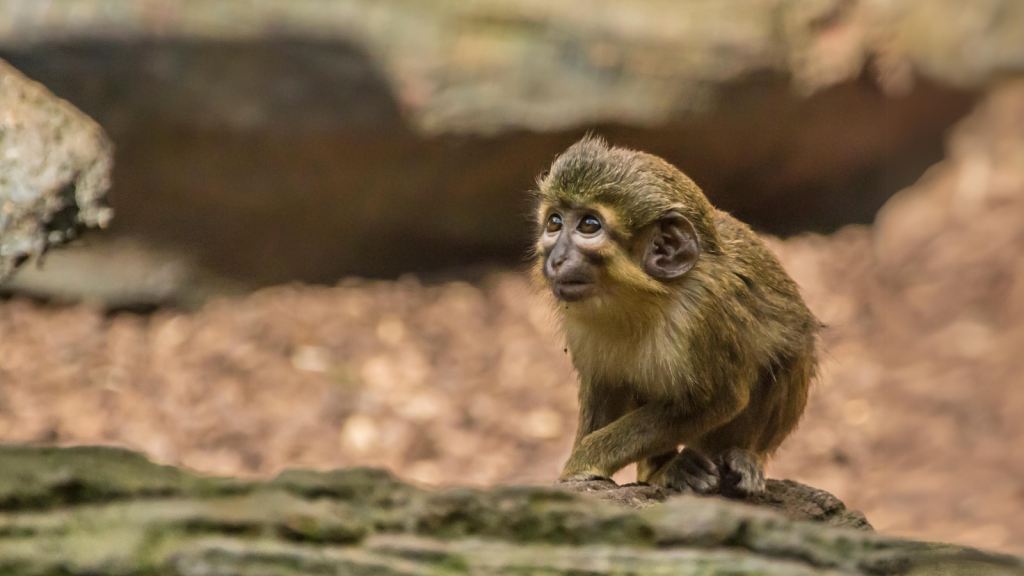
Talapoins are the smallest Old World monkeys, weighing just over two pounds when fully grown. These tiny primates are found in the forests of western central Africa. Talapoins are excellent swimmers and often live near rivers and streams, where they feed on fruits, insects, and small vertebrates. Despite their small size, talapoins have been observed mobbing and chasing away much larger predators to protect their group.
De Brazza’s Monkey
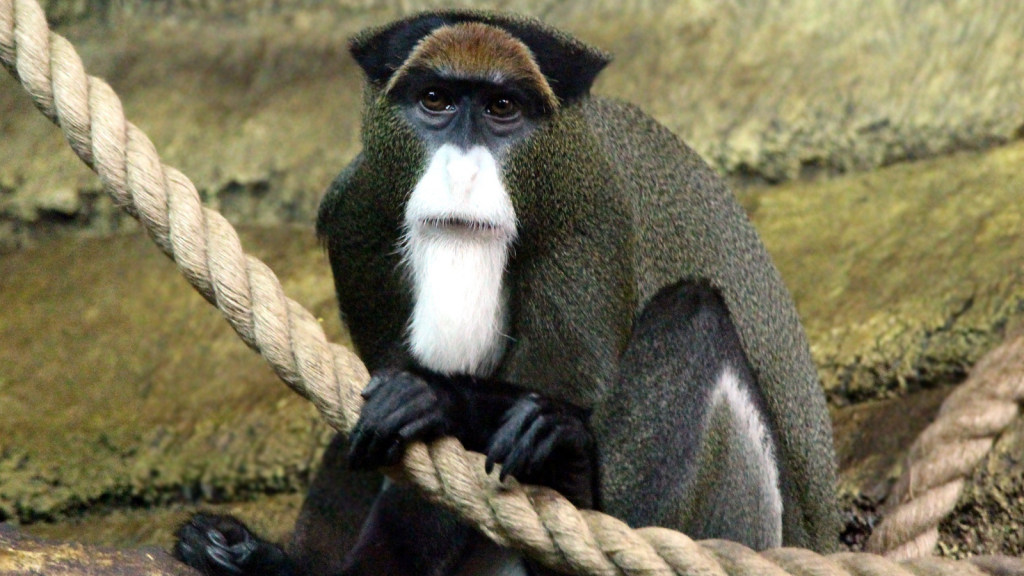
With their distinctive white beard and orange crown, De Brazza’s monkeys look like wise old men of the forest. These shy primates are found in the wetlands and forests of central Africa. They’re known for their ability to freeze in place for long periods when threatened, making them hard to spot in the wild. De Brazza’s monkeys have cheek pouches that can expand to hold almost as much food as their stomach, allowing them to quickly gather food and eat it later in a safer location.

